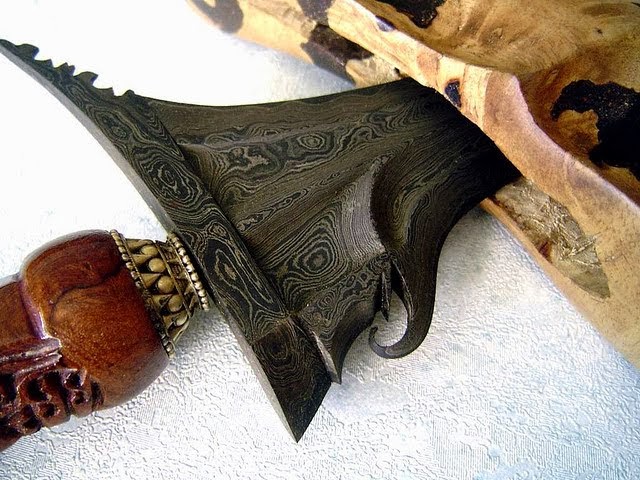Evidence of the existence of means of conveyance in prehistoric times in Indonesia has not been found. The existence of the wheel allegedly appeared in the plant. The advent of the wheel allegedly closely associated with digunakannnya wheel tool in the production of tools made of clay (pottery). At the time of this farming humans have shown signs of settling down. At such time that humans have also developed a new and better life in the form of plant cultivation and domestication modest levels of certain animals to be maintained. This sort of thing also suggests that at that time was known means of conveyance that has been using the wheels and pulled by animals (buffalo, cow, or horse).
The word batik derived from the combination of two Javanese words : amba, which means 'writing' and titik, which means 'point'. Although the word comes from the Javanese batik, the presence of batik in Java itself is not recorded. G.P. Rouffaer argue that the possibility of batik techniques introduced from India or Sri Lanka in the 6th century or the 7th. On the other hand, J.L.A. Brandes, Dutch archaeologist, and F.A. Sutjipto, Indonesian historian, believed that the tradition of batik is a native of the area such as Toraja, Flores, Halmahera, and Papua. It should be noted that the area is not an area that is influenced by Hinduism, but it is known to have an ancient tradition of batik making.
 |
| canting |
While the legend in the Malay literature of the 17th century, Sulalatus Salatin, telling Admiral Hang Nadim ordered by Sultan Mahmud to sail to India to get 140 pieces of fabric litter with 40 kinds of flower patterns on each page. Being unable to fulfill the order, he made himself the fabrics. But unfortunately shipwrecked on the way home and he was only able to bring four pieces that make the Emperor disappointed. Then the four pieces of fabric is interpreted as batik.
In European literature, batik technique was first described in the book History of Java, London, 1817 writings of Sir Thomas Stamford Raffles. He had been a British governor of Java during Napoleon occupied the Netherlands. In 1873 a Dutch merchant, Van Rijekevorsel, gave a piece of batik obtained during a visit to Indonesia to the Ethnic Museum in Rotterdam and at the beginning of the 19th century. That's when batik began to reach the golden age. When exhibited at the Exposition Universelle in Paris in 1900, Indonesian batik riveting public and artists.
Batik was originally a hereditary tradition of Javanese society. Perhaps, sometimes to a recognizable motif batik originated from a particular family. Some batik may indicate the status of a person. Even today, some traditional 'batik motif is only used by the family palace of Yogyakarta and Surakarta. The Cirebon batik motif sea creatures and Chinese influences.
In the history of Indonesia, batik became a garment worn by the character, ranging from pre-independence period to the present. In the early 80s, in diplomacy abroad, President Soeharto said batik as an Indonesian heritage, especially the Java community that has so far imposed by various groups and ages. With UNESCO's recognition and adoption of National Batik Day on October 2nd increasingly placing Indonesian batik is not only cultural, but the identity and the identity of the nation.


_keris_javanese_wisdom.jpg)

_gunungan_javanese_wisdom.jpg)
_gunungan_PARON_wisdom.jpg)



_gunungan_javanese_wisdom.jpg)
_gunungan_javanese_wisdom.jpg)